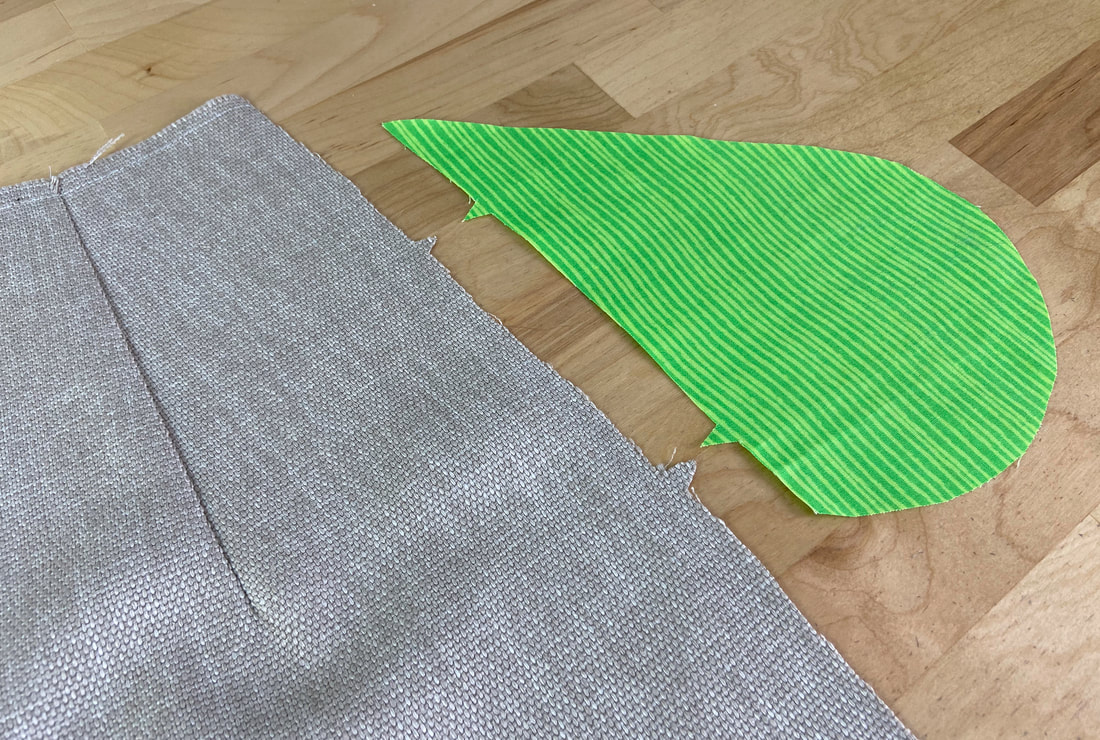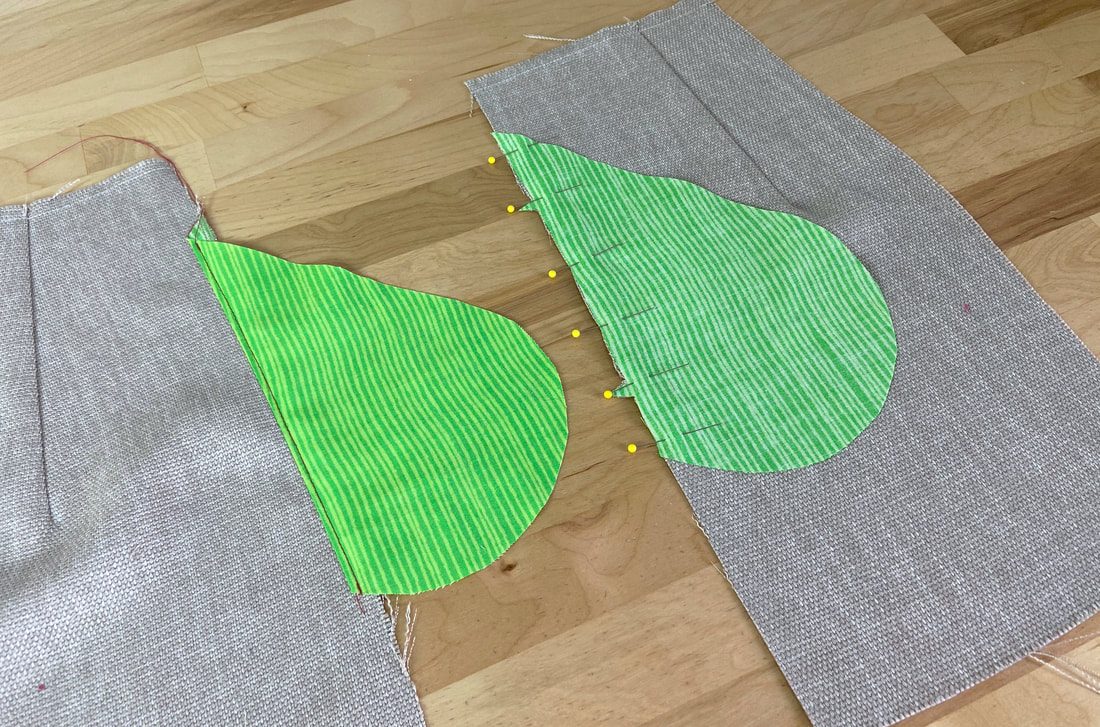The Importance Of Notches When Aligning On-Seam Pocket Pieces
Perhaps one of the most important instances when notches become a crucial element in dressmaking is when sewing on-seam pockets.
Not only do notches provide important markers to align each pocket bag layer, they also serve as an important notation for the pocket bag opening.
Not only do notches provide important markers to align each pocket bag layer, they also serve as an important notation for the pocket bag opening.
In an on-seam pocket application, the garment's seam edge and its corresponding pocket layer should have two notches each.
The top notches mark the top pocket opening while the bottom ones correspond to the pocket's bottom opening corner. Additionally, these two notch sets mark the pocket opening location along the seam.
The top notches mark the top pocket opening while the bottom ones correspond to the pocket's bottom opening corner. Additionally, these two notch sets mark the pocket opening location along the seam.
On-seam pocket notches should be positioned at the exact distance from the top and bottom along both seam edges. Their correct position will guide you in aligning and stitching each pocket piece such that when the seam is brought together, the pocket edges align perfectly to form the functional pocket bag.
In the seam alignment process, all edges, including the pocket layers and the top and bottom portions of the seam, should align perfectly when placed on top of each other (with face sides touching). This intuitive alignment is made possible by the existence of notches and their placement along each edge, as well as how accurately the corresponding notches were matched in the sewing process.




